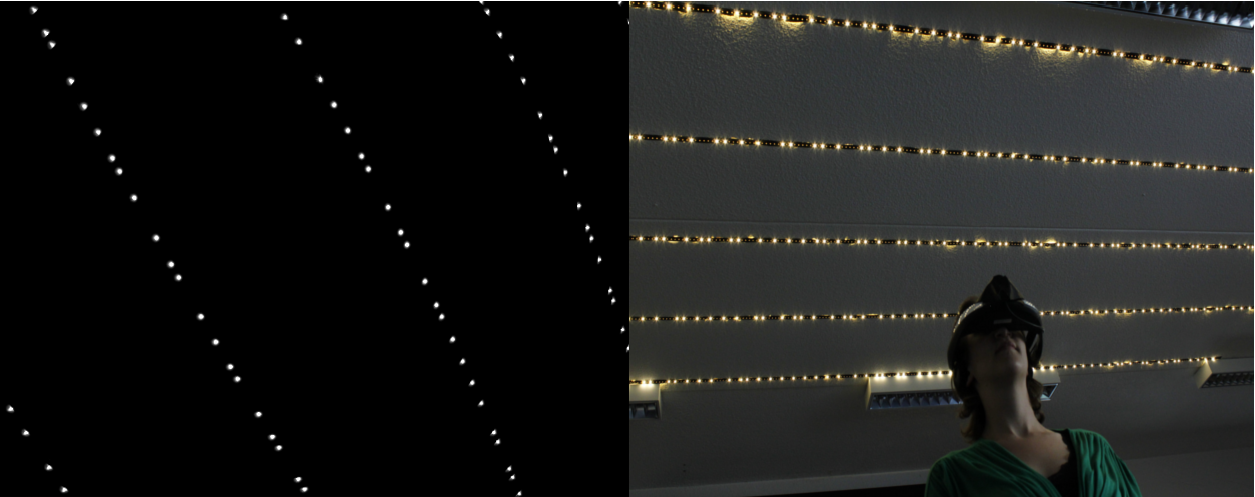Scalable optical tracking for navigating large virtual environments using spatially encoded markers
details
Authors: Steven Maesen, Patrik Goorts, Philippe Bekaert
Language: English
Year: 2013
Journal: Proceedings of the 19th ACM Symposium on Virtual Reality Software and Technology (VRST 2013)
Link: http://patrikgoorts.com/Publications/maesen2013scalable.pdf
Images and videos

Bibtex
@inproceedings{maesen2013scalable,
author = {Maesen, Steven and Goorts, Patrik and Bekaert, Philippe},
title = {Scalable optical tracking for navigating large virtual environments using spatially encoded markers},
booktitle = {Proceedings of the 19th ACM Symposium on Virtual Reality Software and Technology},
series = {VRST '13},
year = {2013},
isbn = {978-1-4503-2379-6},
location = {Singapore},
pages = {101--110},
numpages = {10},
url = {http://doi.acm.org/10.1145/2503713.2503733},
doi = {10.1145/2503713.2503733},
acmid = {2503733},
publisher = {ACM},
address = {New York, NY, USA},
keywords = {low-cost, optical tracking, real walking, wide-area},
}
Abstract
In this paper we present a novel approach for tracking the movement of a user in a large indoor environment. Many studies show that natural walking in virtual environments increases the feeling of immersion by the users. However, most tracking systems suffer from a limited working area or are expensive to scale up to a reasonable size for navigation.
Our system is designed to be easily scalable both in working area and number of simultaneous users using inexpensive off-the-shelf components. To accomplish this, the system determines the 6 DOF pose using passive LED strips, mounted to the ceiling, which are spatially encoded using De Bruijn codes. A camera mounted to the head of the user records these patterns. The camera can determine its own pose independently, so no restriction on the number of tracked objects is required. The system is accurate to a few millimeters in location and less than a degree in orientation. The accuracy of the tracker is furthermore independent of the size of the working area which makes it scalable to enormous installations. To provide a realistic feeling of immersion, the system is developed to be real-time and is only limited by the framerate of the camera, currently at 60Hz.